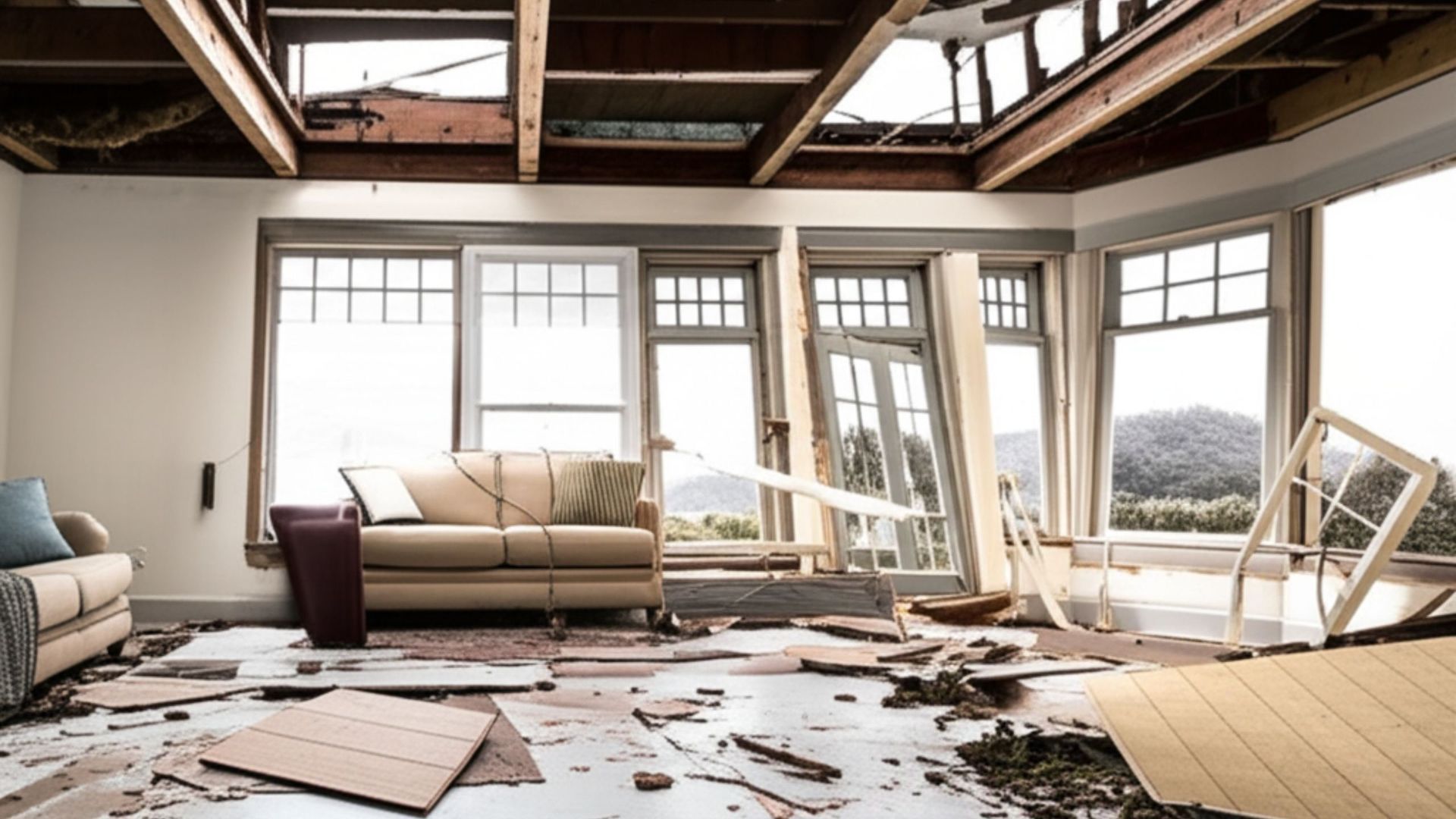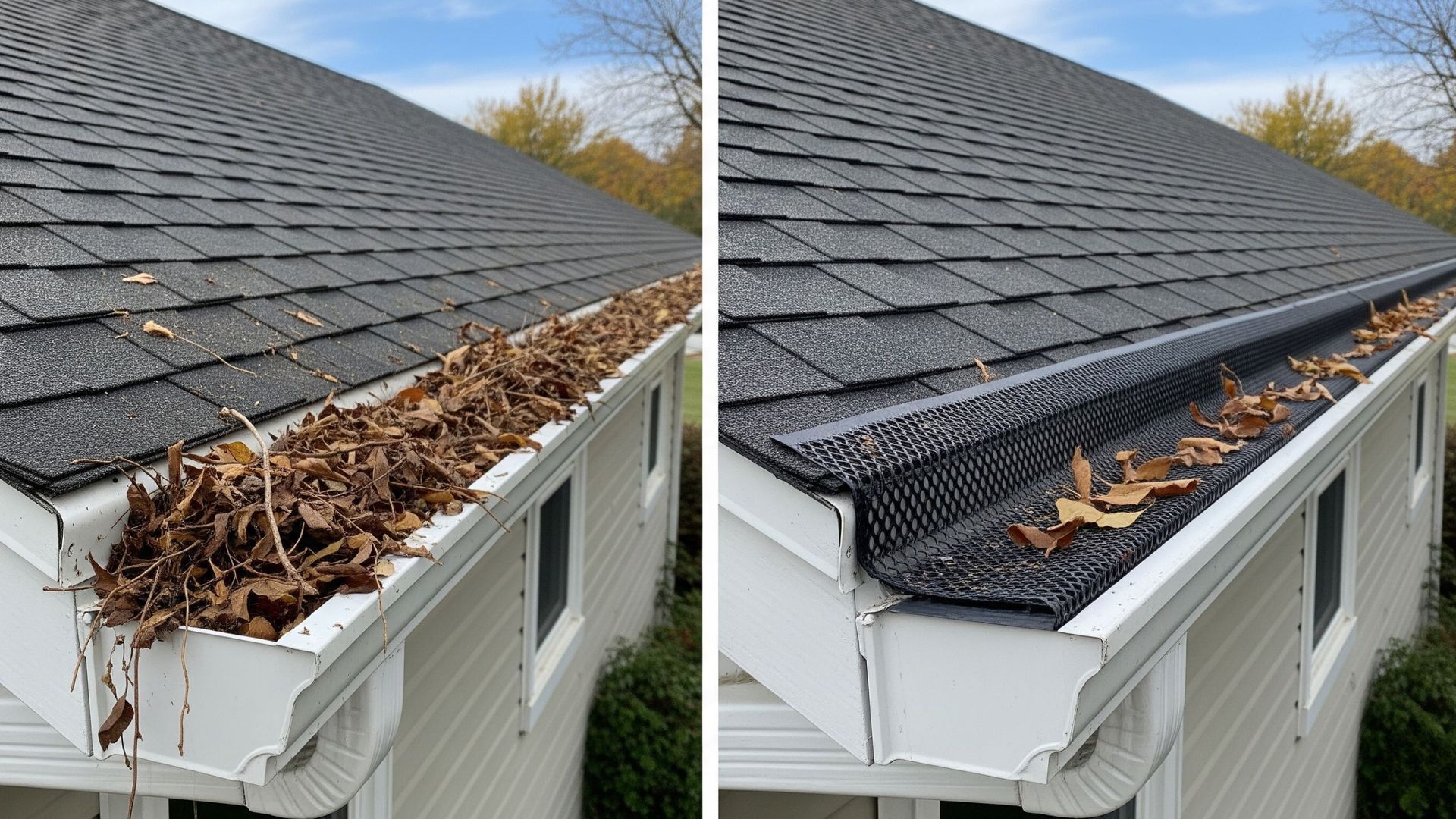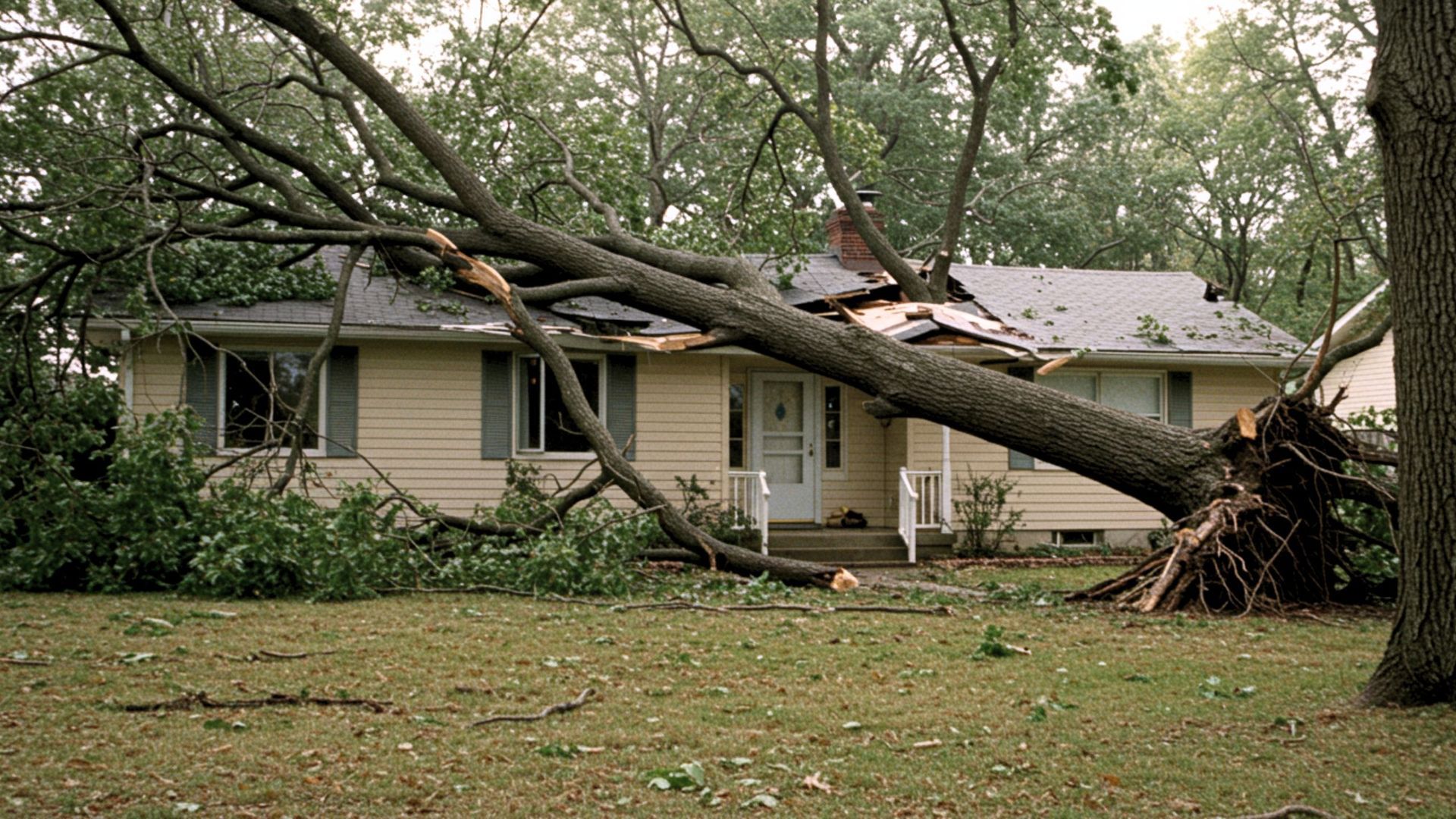News
Recommended Reading
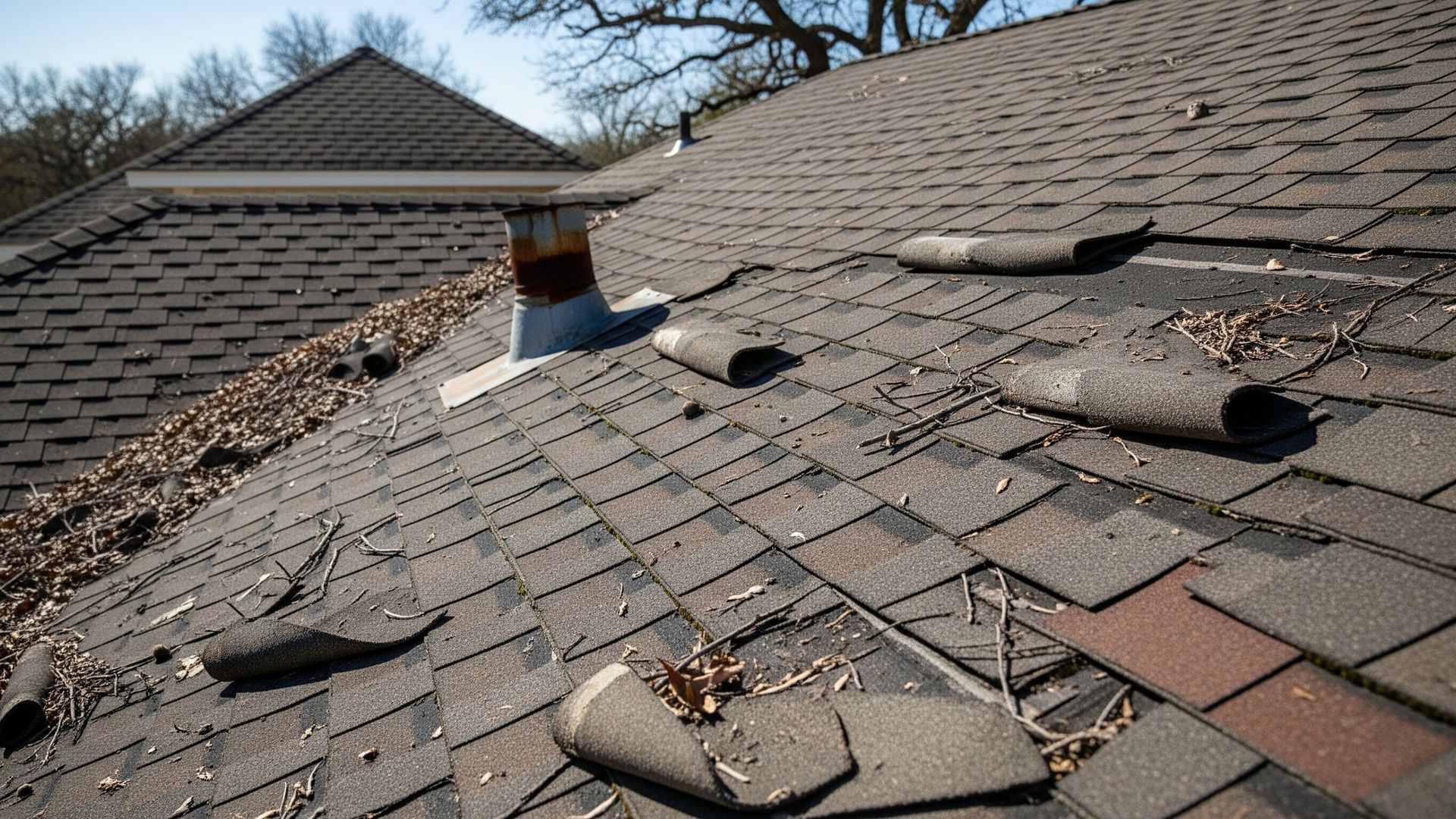
Living in Texas means enjoying warm weather, but it also means dealing with intense sun, hail, heavy rain, and the occasional hurricane. These conditions can wear down your roof faster than in other states. So, how often should you replace your roof in Texas? The answer depends on the material, weather exposure, and maintenance.

Storm season in Texas brings powerful winds, heavy rain, and weather that can test any roof's limits. For many homeowners, the initial signs of trouble aren’t visible until water begins leaking inside or a section of shingles is missing. When that occurs, emergency roof repair goes beyond convenience — it becomes a necessity. Understanding what emergency roof repair entails and why timing is critical can help you act swiftly and safeguard your home when it matters most.
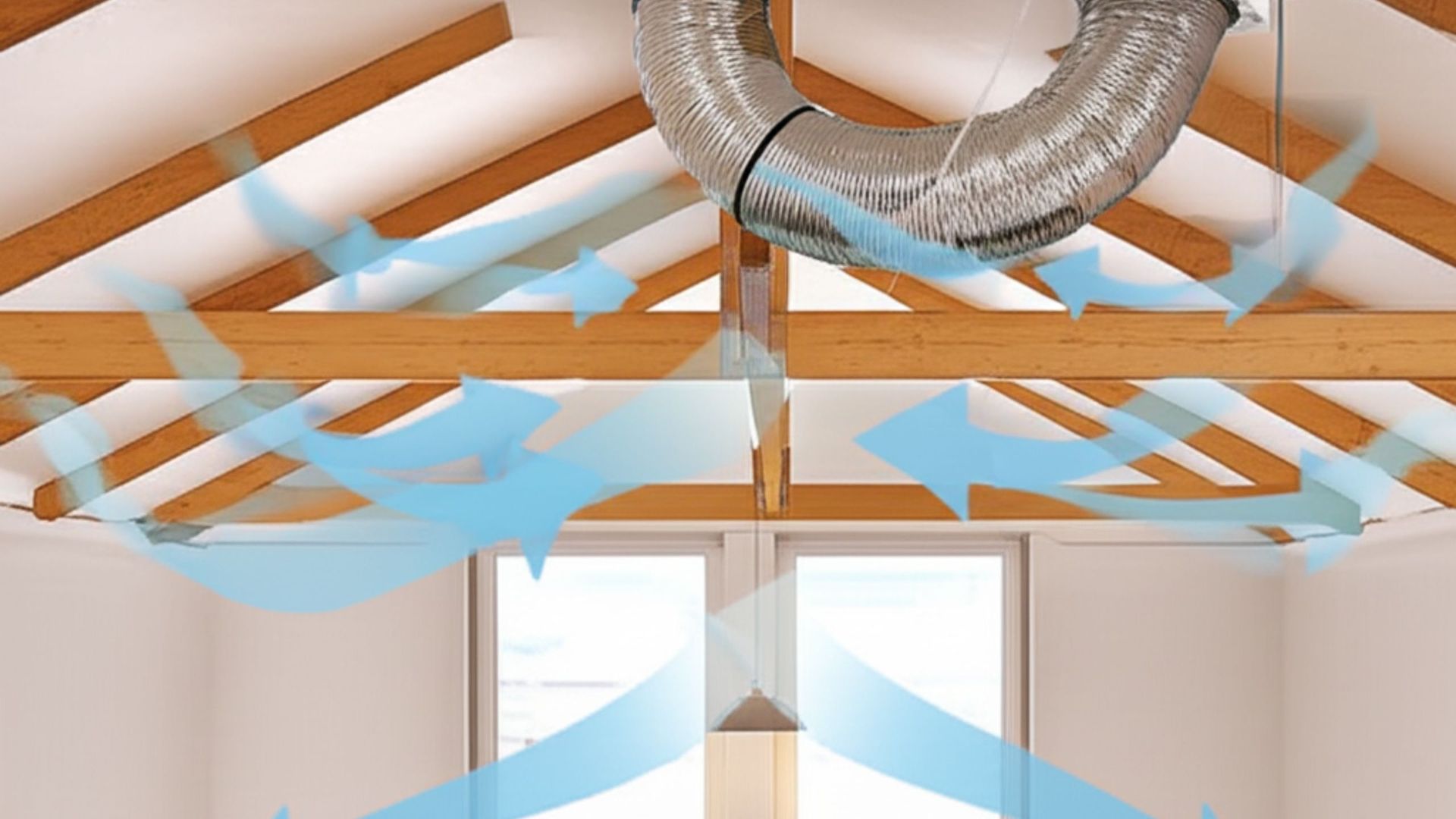
When most homeowners think about roofing, they picture shingles, leaks, or storm damage. But one of the most overlooked features of a healthy roof is ventilation, and in Texas heat, it’s essential. Proper ventilation helps your roof “breathe,” regulating heat and moisture that can otherwise shorten its lifespan and impact your indoor comfort.
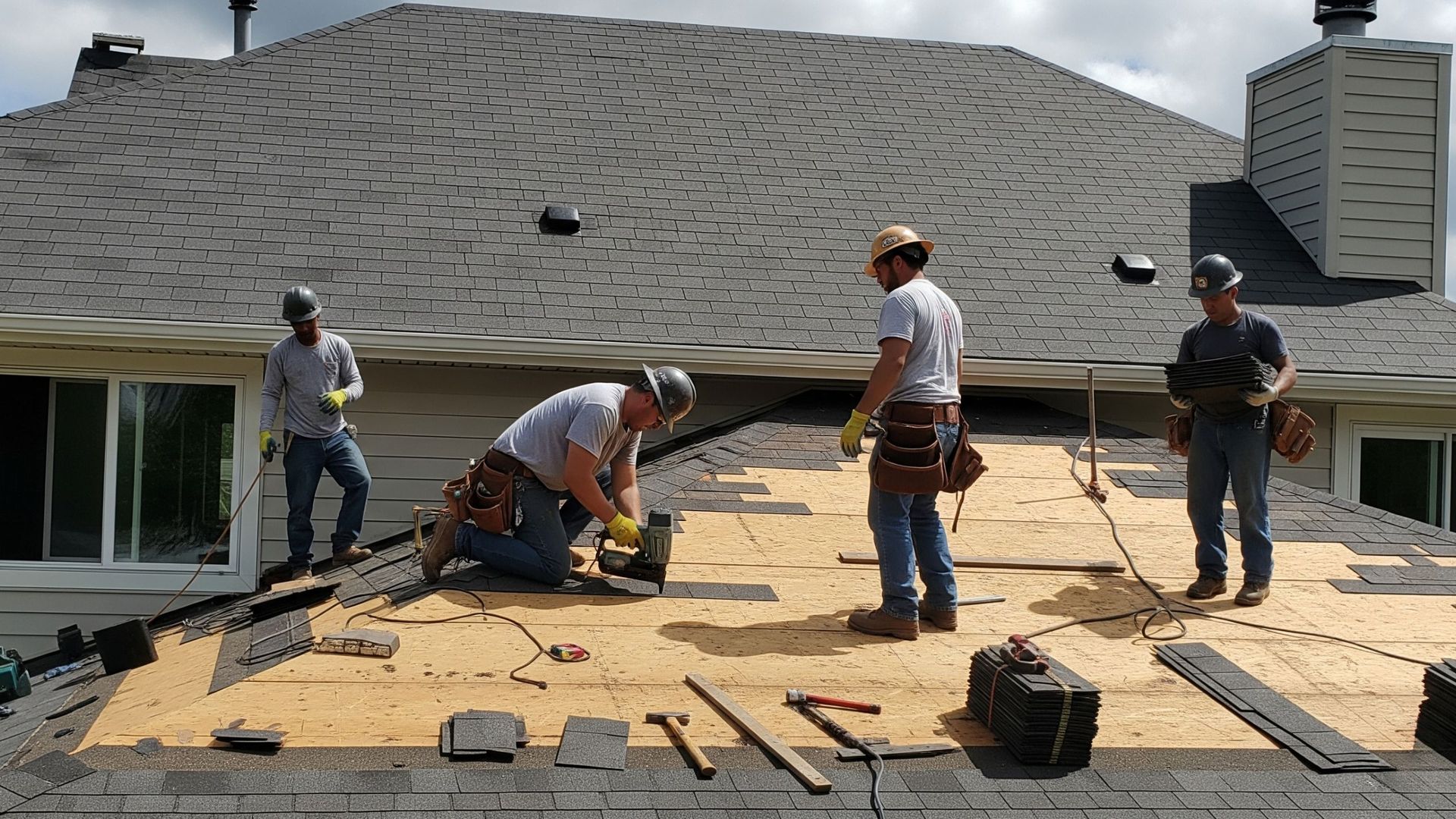
When you spot damage on your roof — a leak, missing shingles, or water stains — one big question follows: Can it be repaired, or is it time for a full replacement? For many Texas homeowners, especially those dealing with storm aftermath, choosing between roof repair and replacement isn’t always simple. This guide will help you weigh the signs, consider long-term costs, and make the smartest decision for your home’s protection and value.
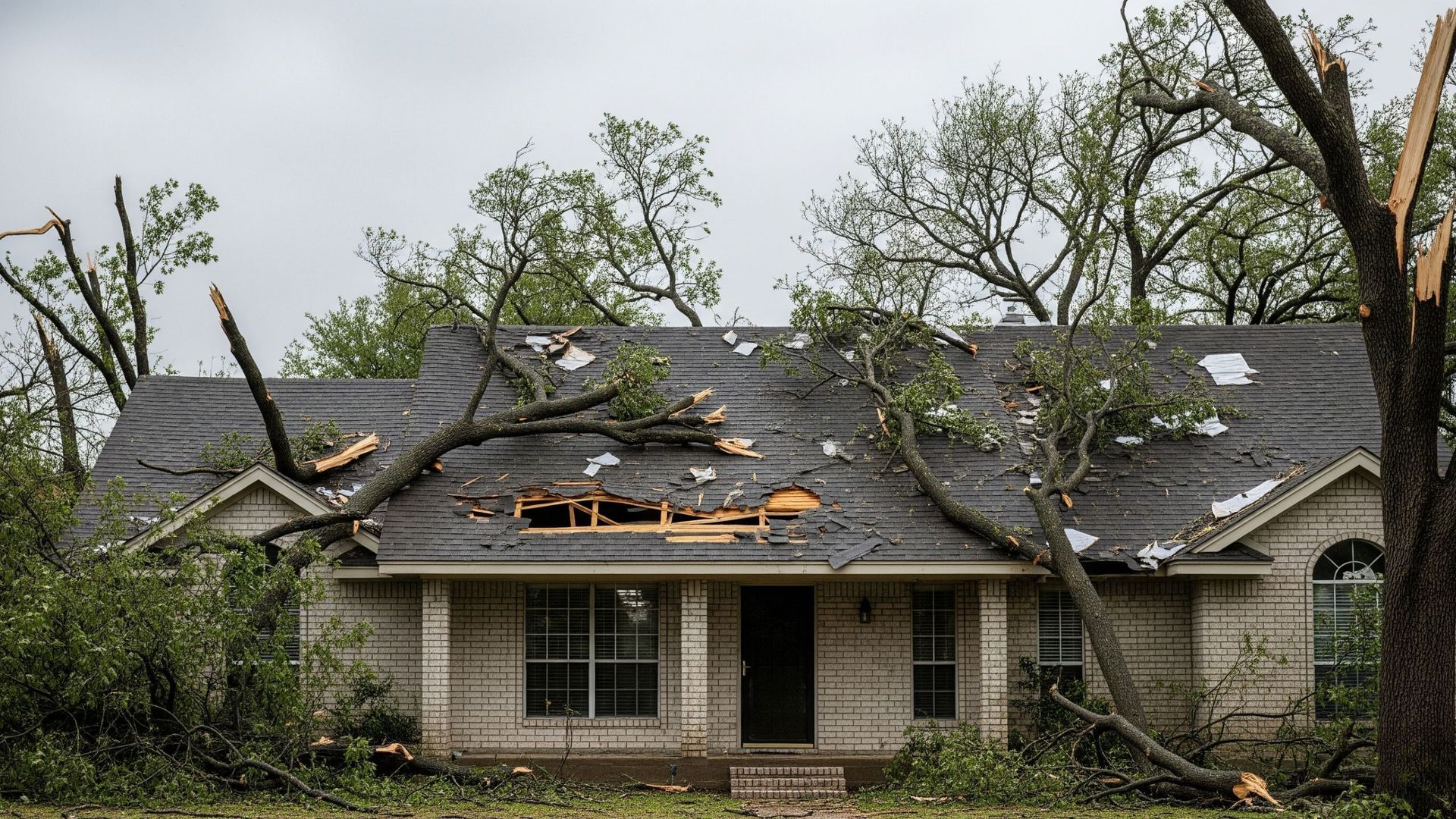
Storm season in Texas can be intense. High winds, hail, and falling branches can turn a perfectly good roof into a major source of stress. If a recent storm has left your roof damaged, knowing what to do next can make all the difference in protecting your home — and your wallet. Here’s a simple guide to help you act fast and avoid further damage.

When you live in Texas, your roof does more than just top off your home — it protects it from intense heat, sudden hailstorms, heavy rains, and even hurricanes. Choosing the right roofing material isn’t just about style or budget; it’s about picking what holds up best in this extreme climate. Here’s a breakdown of the best roofing materials for Texas homeowners and what makes each one a smart (or risky) choice.
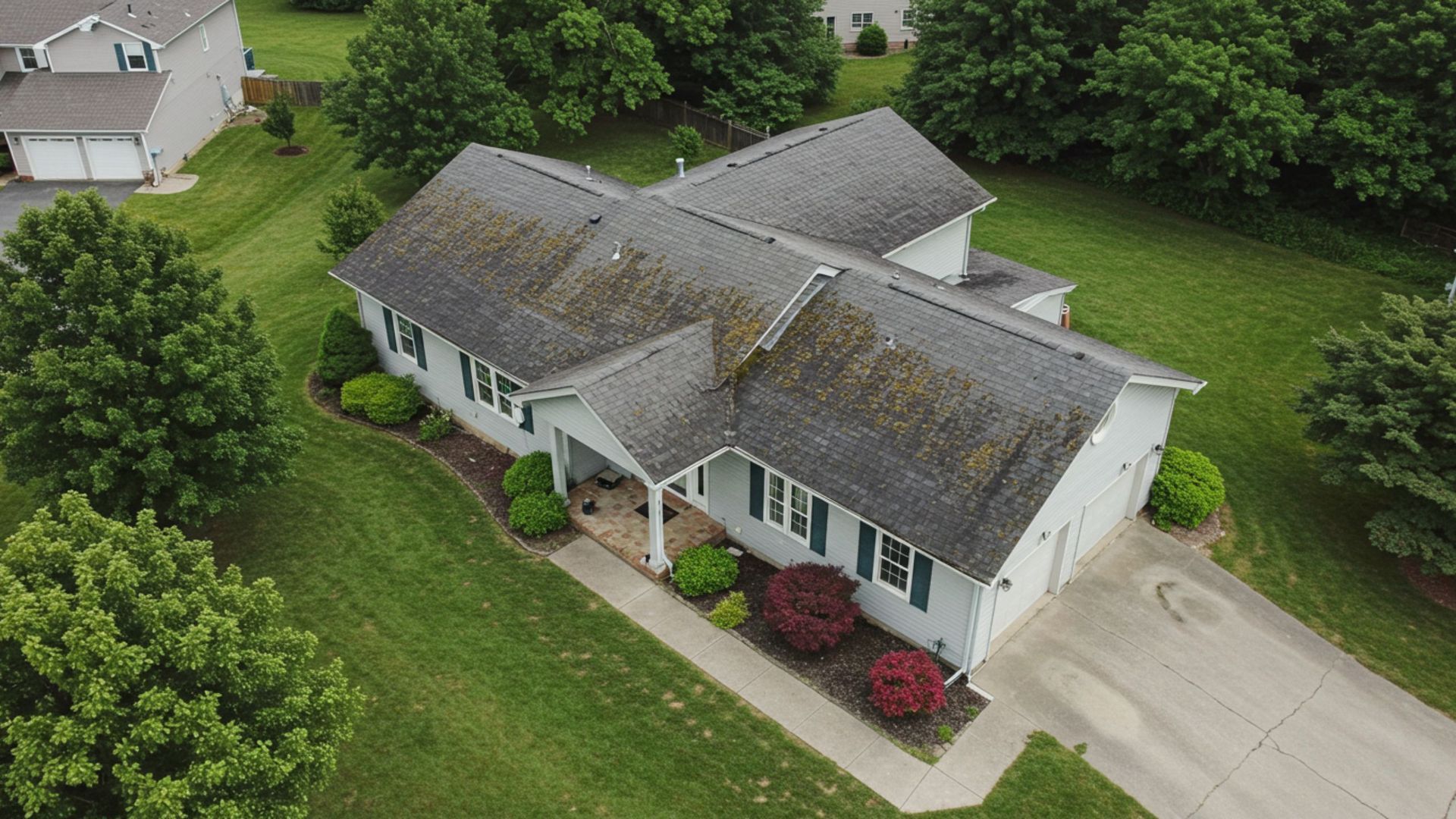
Have you ever noticed dark streaks, blotchy patches, or uneven colors on your roof? If so, you’re not alone. Shingle discoloration is a frequent issue for homeowners, and while it isn’t always a sign of serious problems, it’s something you shouldn’t ignore. Understanding the causes of discoloration can help you better care for your roof and identify early signs of wear, damage, or poor drainage. Here are the three most common reasons shingles change color over time.

